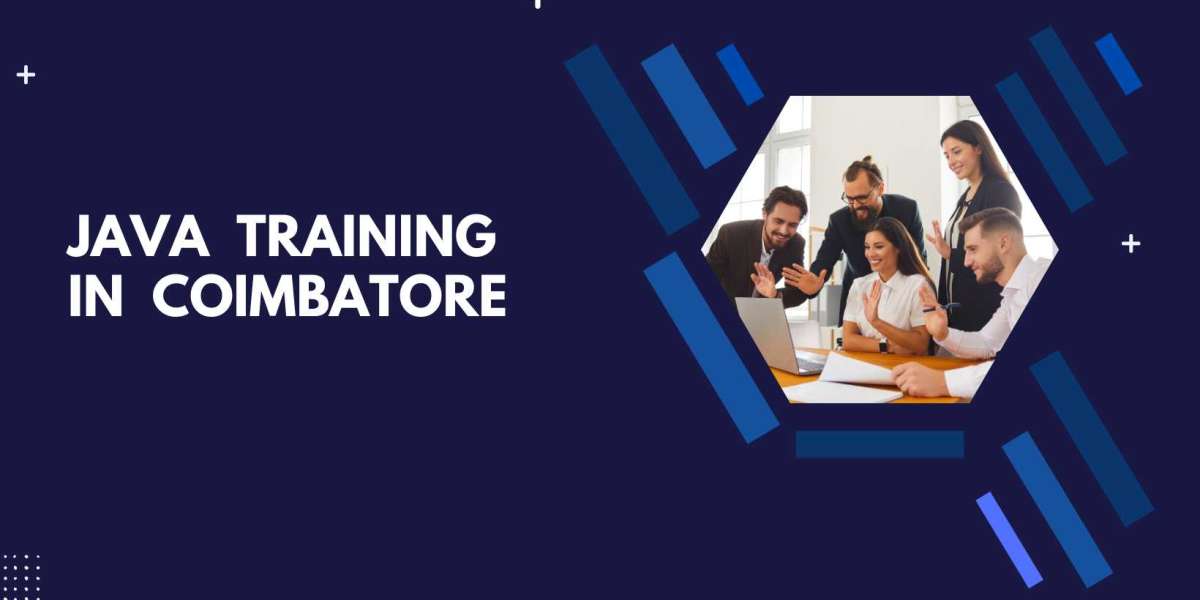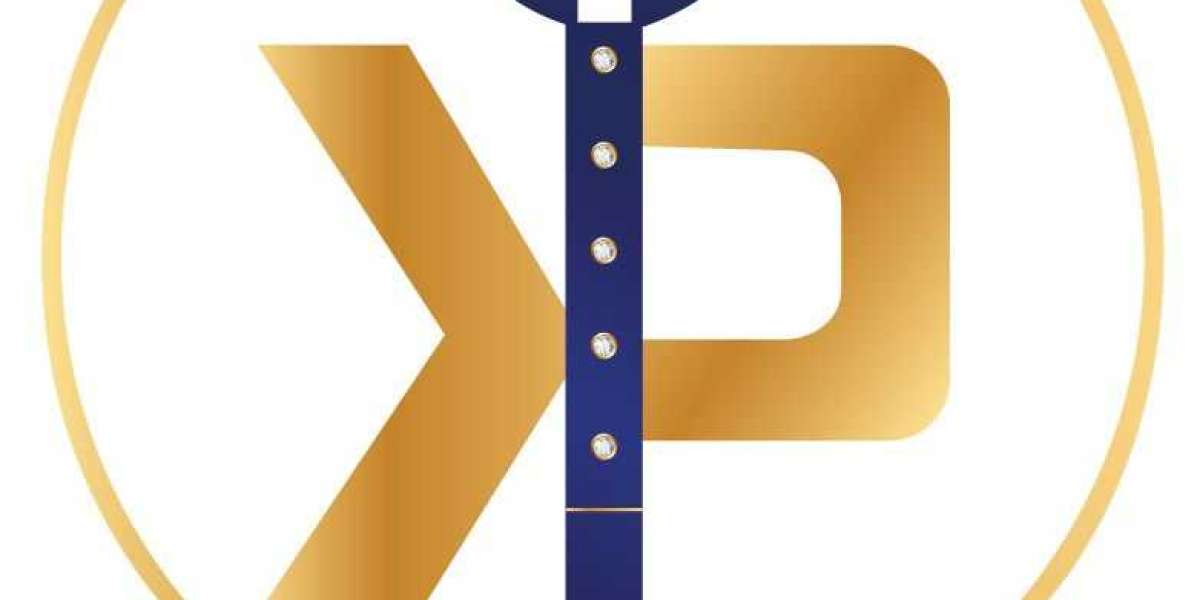What Are the Best Strategies for Migrating Legacy Java Applications to Modern Frameworks?
Migration of legacy Java applications to modern frameworks is an important move for many organizations looking forward to improving performance, maintainability, and scalability. In the world of technology, where changes happen at a rapid pace, it is easy to get locked into outdated systems, facing a host of challenges from security vulnerabilities to inefficiencies. It would then go on to talk about how best to migrate existing legacy Java applications into modern frameworks. On the way, we will see how Java training in Coimbatore can help developers acquire those skills required for successful migrations and what to look for in a training institute.
Understanding Legacy Java Applications
Legacy Java applications are typically older software systems developed using earlier versions of Java and usually depend upon old frameworks and libraries. Though these applications have had their time in the sun, over time, because technology advances, it does not help the business in the same way as when it was first written. Moving to modern frameworks provides an improvement in performance but places the application in step with the current standards and best practice in the industry.
However, the process of migration is complex and requires much planning and execution. It must understand the existing application architecture, identify potential pitfalls in the migration process, and choose the right modern frameworks to adopt.
Current Status of the Legacy Application
Before embarking on this migration journey, it is fundamental to assess the current status of the legacy application, including its architecture, dependency, and performance metrics. Therefore, key areas to look at include:
Code Quality: Analyze the existing codebase for readability, maintainability, and adherence to best practices. Badly written code will introduce a lot of complications in the migration process.
Dependencies: Identify third-party libraries and frameworks used by the application. Some of these might have modern alternatives or would need updating.
This business needs and understanding what this legacy application is supporting will point out which features are essential and what could be better for the new application.
Performance metrics: Here, one has to find out the performance metrics the existing system provides, whether to improve bottlenecks areas or how to make things better in a modern application.
An effective strategy for migration based on technical and business aspects of any project can be prepared by getting into such detail.
Selection of the Suitable Modern Framework
After getting a detailed understanding of the legacy application, you have to select the suitable modern framework. It might affect the whole process. Some of the most popular Java-based modern frameworks are:
Spring Framework: Spring is quite well-known for flexibility as well as complete feature set related to enterprise applications development. It offers dependency injection, aspect-oriented programming and hosts a lot of modules for several purposes.
JavaServer Faces (JSF): In case your legacy application consists of a massive UI component, JSF would prove to be an ideal solution. It eases Java application user interfaces by facilitating their development process.
Jakarta EE: The framework has a set of enterprise features, including distributed computing and web services. With this, moving your application to Jakarta EE will make it more modern without losing the capabilities of an enterprise application.
Microservices Architecture: If your legacy application is monolithic, then it would be broken down to microservices. It is quite flexible and scalable since different services can be developed, deployed, and scaled independently.
Migration Planning Process
A well-thought-out migration plan is pretty key to keeping the level of disruption down and making the transition into a new framework almost seamless. Here are key components in your migration plan:
Identify your objectives: Give clear details of what migration will try to achieve in terms of performance, enhancing security, or making the application more maintainable. Your stated objectives help guide decisions over the migration process.
Set up a practical schedule for migration that should work appropriately based on the complexities within the application and how readily the available resources allow room for thorough testing and debug processes.
Assemble a Qualified Team A successful migration should consist of a qualified developers team familiar with both legacy system and modern frameworks. The management might need to undertake the step of training team members on Java in Coimbatore.
Backing up Data and Code: Before you start to begin with the migration process, all data and code will be backed up. It will act as a form of protection against losing the data in case some unknown issue arises during the time of migration.
Rollback Plan: In case the issues are huge while migrating, a rollback plan ensures you can go back to the legacy application without losing out on the critical functionalities.
Incremental Migration Approach
Do a full migration incrementally instead. That way, you could split the migration into pieces, which could help minimize risk and minimize disruption. Here is how to do incremental migration:
Identify key components: Identify the legacy application components most important to migrate first. It could be because of a performance bottleneck, security vulnerability, or business priority.
Migrate One Component at a Time: Focus on one component at a time. In this way, your team can easily address the problem without being overwhelmed by a full migration.
Test Properly: After migrating one component, test it adequately in the new framework so that it works well in the new framework. The help of automated testing may be needed in this stage.
Gather Feedback : The stakeholders are involved through the testing process. Through this, the migrated components will meet the business requirement and user expectations.
Iterate: Based on feedback received, adjustments are done, and then the next component is migrated. This means that the overall quality of the application improves through such an iterative process.
Data Integrity
Good data integrity is very elementary to any movement. Everything needs to get detailedly captured in a modern frame so that nothing falls the way. Some of these strategies include:
Data mapping: This entails how one maps the transferring of information from the old system and the new one. A data type, formats, as well as data relationship about the entities are involved in this process.
Validation Rules: Establish validation rules that will ensure the data to be migrated meets the established standards. This may help in catching the errors early on during the migration process.
Migration of Data in Phases: Similar to the application components, consider the migration of data in phases. This will make it much easier to track and validate the integrity of the data.
Data Audits
Carry out data audits post-migration to ensure all data has been correctly migrated and is accessible in the new framework.
Training for Developers
As mentioned earlier, a migration is successful due to the skills of a development team. Therefore, the training needs to be adequate. Here's how you can train your developers:
To enroll team members in Java Courses in Coimbatore for better understanding of the modern framework and best practices.
Organize workshops and seminars related to migration strategy, as well as modern Java frameworks. This can give hands-on experience and encourage collaboration in the team.
Mentorship programs: Assign the novice developer with the seasoned developer having experience in legacy application migration. Mentorship may help in quicker learning and also in boosting confidence.
Long-term Support: Support to developers post-migration. Develop the culture of continuous learning. The knowledge of various developers should be shared, and experiences also exchanged.
Testing the Migrated Application
Testing is a pretty crucial step for the whole process of migration. For that matter, this serves as an assurance that applications that were migrated will get all their requirements to guarantee usability and performance and quite many other things. What are the key testing considerations below are some of those things;
Unit Testing. In this case, you are undertaking unit tests on the respective components separately so that they check how they work so that one can detect possible mishaps occurring in the course of early stages of carrying out the migration process.
Integration Testing: The integration should be done once the respective components have been tested with respect to themselves. But after that, integration is performed to see whether those components work harmoniously within the application.
Performance Testing: Performance testing involves checking about the performance of the migration application. Where are we facing bottlenecks in terms of improving the service? This will ensure proper satisfaction of users with this new application.
UAT. This involves testing the application with the end-users whereby feedback in terms of usability and functionality is obtained. It therefore enables one to ascertain that the application meets business needs as well as the need of the user.
Post-Migration Monitoring and Maintenance
This will involve the monitoring of the system with respect to continued operation and security, which will be discussed afterwards after a successful application migration.
Monitor performance metrics: This ensures tracking performance metrics to identify potential problems post-migration. Hence, you can get time in advance to fix potential issues before they start disturbing your users.
Perform periodical audits: Conduct audits at fixed intervals on your application. This ensures adherence to all industry standards and safety standards.
Update dependencies: You should keep your library and framework updated with new libraries and frameworks so as not to expose you to lots of security holes as well as to remain on top of the technology advancements.
Collect User Feedback: Continuously collect feedback from users that may indicate areas for enhancements and ensure that your application meets their needs at present.
Conclusion
Modernization of legacy Java application into new frameworks is considered to be a very technical yet mandatory process for keeping organizations abreast with new developments in the technology-based competitive environment. Proper planning and evaluation of the actual application, selection of the right modern framework, and maintaining an appropriate plan for the migration process, along with the handling of data integrity, assures businesses a smooth migration towards new applications.
Investing in training at the institutes in Coimbatore will empower the developer in knowing to successfully move over a project. As someone who demands quality in trainings should join with the best for training about the software offered in best software training institutes in Coimbatore with an assured facility for placement chances. That too, with competent training blended in with strategy will let there be a smooth sailing of migrations in modern application frameworks toward excellent performance for achieving good success in any business dealings.








